Investor Letter – H1 2024
Dear Investors, Partners, and Friends of Samana Group, Please find below a comprehensive report for the first half of this year prepared by our CEO, Marek Zmysłowski.
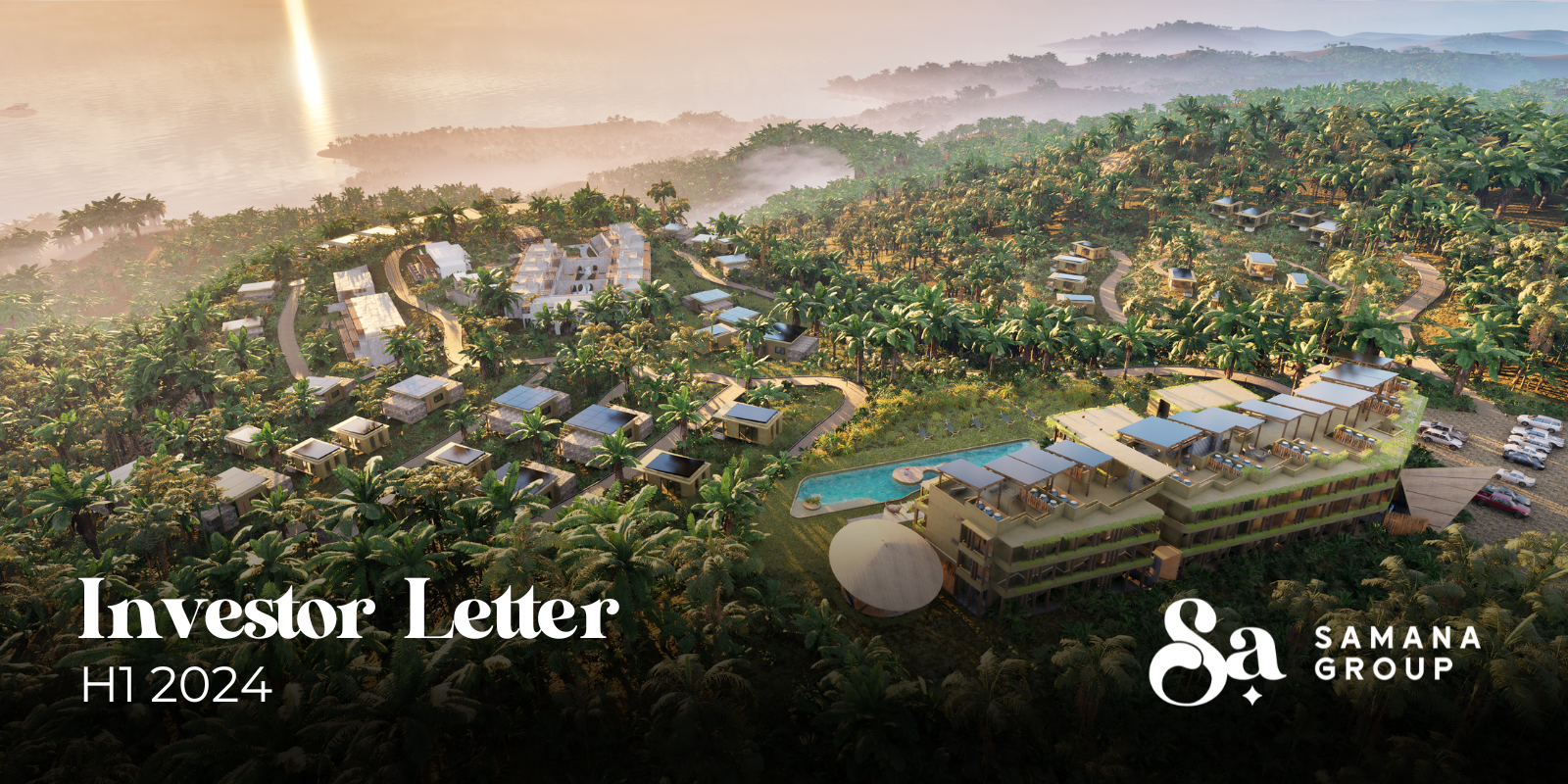
Summary
Sales are going very well (40% of Stage 1 pre-sold), and after initial challenges, we have finally made significant construction progress with excavations and foundations for Condo 1 and the first 5 villas. We continue our strategy outlined in my last investor letter summarising 2023. The goal of 2024 is to build a construction machine within the Samana Group with a capacity for at least 100 units per year until we get to 1000 units per year. The beginning of the year was slow. In the letter, you will find a post-mortem deep dive into the issues we faced and how we fixed them. The good news is our capacity to build is growing not linearly but exponentially. This is partially thanks to increasing the number of resources on the site and partially due to simplifying our product offering.
Holding Fundraising
We have started our Series A round, raising a minimum of $5 million at a $25 million pre-money valuation. This is a 5x increase in our valuation since our Seed Round. The new valuation is possible thanks to the additional land purchased directly by the holding (52 ha of ocean view land), the land value increase (2x of the land we already own), thanks to our development, and thanks to the pre-sales generated ($15,9 million). We already have a lead investor (one of the world’s top VC funds investing in private cities) and plan to close the round by September 30th. The initial closing date was May 31st, but we decided to extend the deadline due to the holiday season. Please contact me directly at [email protected] to receive the detailed Investor Deck.
Sales
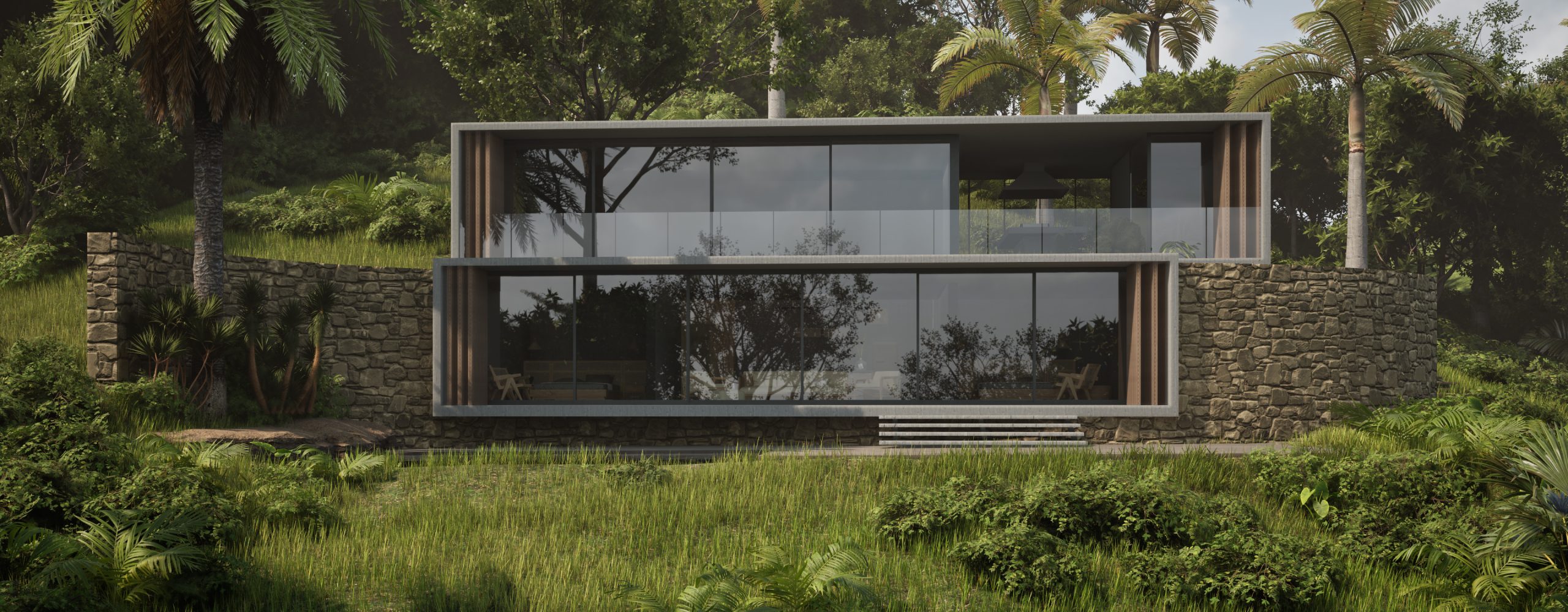
Sales this year were mainly driven by our new product, the Flat House, launched in February. Besides the modular design, allowing the house to be easily configured by the client without architectural support, the main USP is the Developer Financing option. From January 1st to May 29th, we pre-sold 34 Flat Houses and 2 apartments (approximately $6 million total sales value), for a total of 51 units and $15,9 milion total sales value since project sales inception.
So far, the numbers above have resulted solely from our in-house direct sales activities. We have been particularly successful with our partnership with Diagnostyka Group SA (Poland’s leading telemedicine company), resulting in 8 houses sold in the first month of cooperation. We officially launched the partnership with RE/MAX (Masterbroker for the Dominican Republic). Our inventory is available in their global MLS; the first client has already made the reservation payment. The activation of NestSeekers Agents (MasterBroker USA & Europe) is planned for June/July. We expect to sell out 100% of the project by the end of Q3, thanks to our Masterbrokers.
Our biggest area of improvement in Sales is optimizing our process between reservation payment and contract signing. Our current average time for this is 9 weeks, and our goal is to achieve 3 weeks. There is no silver bullet in this process; it mainly boils down to introducing non-negotiable contract templates, more automation in final product choice (interior details and blueprints are a bottleneck), and more discipline in working with clients’ legal representatives.
In the next quarter, we will launch our House Configurator. We are very excited about this project, as initial tests have shown positive market feedback. The tool allows us to configure the house to the detail (an approach we brought from the automotive industry) with the support of the salesperson but not the architect, which until now has been a big issue in process optimization. The offer of custom course building will be deprioritized and outsourced to a separate architecture SPV under the Holding umbrella.
Construction
We have started the excavations and foundation preparations for Condo 1 and the first 5 villas. You can find photos of the construction site in the following folder: Nomad City Site Gallery.
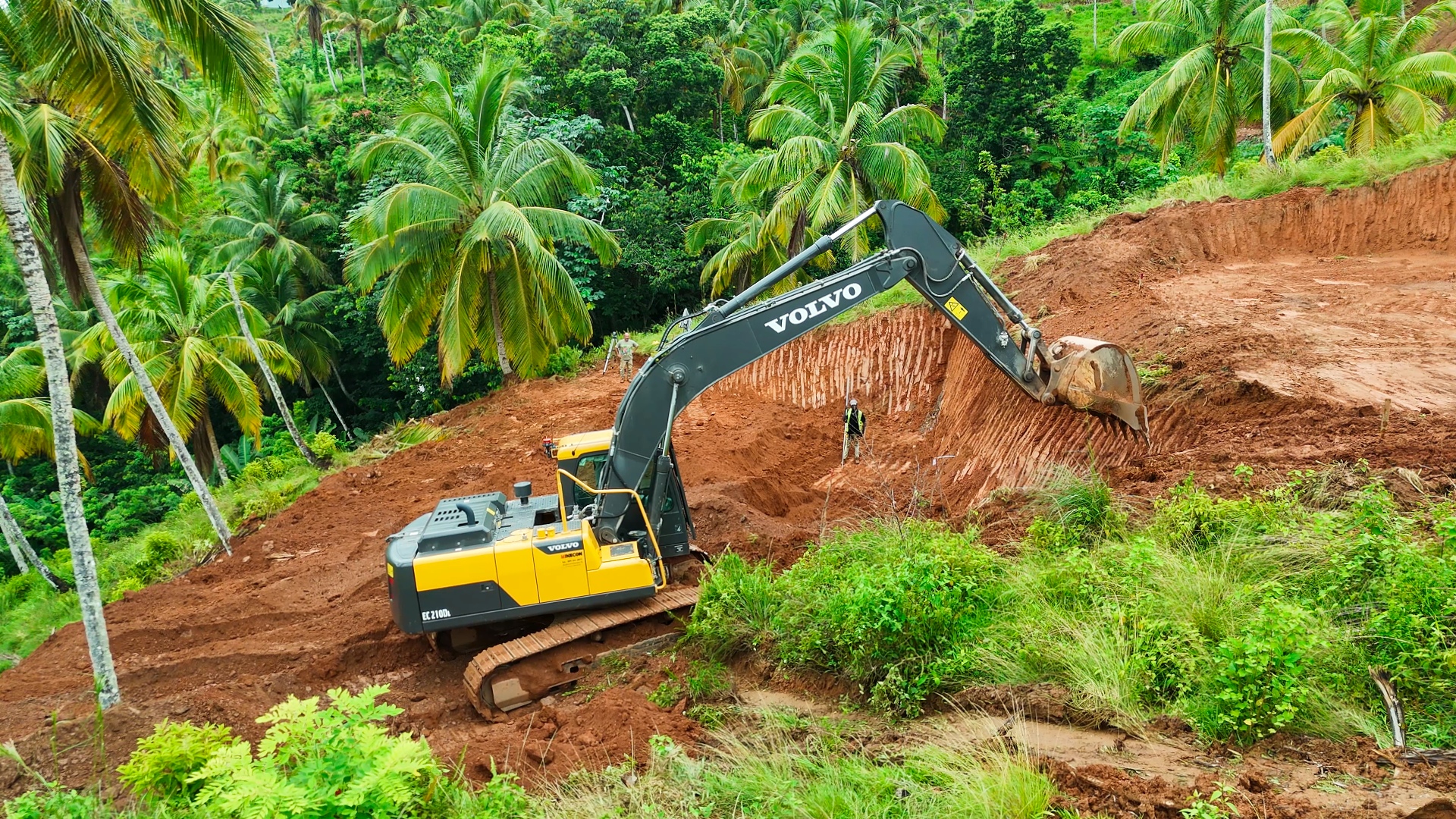
We have begun heavy machinery-related construction work 10 weeks later than previously planned for the following reasons.
Renegotiation of business terms with our General Constructor
We could renegotiate more regular, smaller, weekly payments for the work done on the site, as opposed to large upfront payments. Fixing the incentive structure allows us to push the work faster and closely examine the costs.
COLUSA remains the General Contractor for the Nomad City Condos and the project’s common infrastructure (roads, sewage system, electricity connection). At the same time, Samana Group manages an internal construction team (with Colusa acting as supervisor) to focus on the construction of Flat Houses. To scale up our construction efforts, our in-house team has increased by 8 expat engineers and builders from Poland and Chile. We now have a complete construction team with 3 architects, 2 site managers, 2 structural engineers, a geologist, and 3 building supervisors.
This hybrid approach allows us to benefit from the local experience for complicated structures while being more innovative and faster with simple constructions, where challenges are more logistics-related than just engineering.
Changes to our original Master Plan and its re-approval process
To improve the quality of life for our residents, we changed the road structure in our community, moved the location of Condo 2, and increased the park’s size for the residents. While our relationships with the local authorities are very good, one must consider that we are under a lot of scrutiny by every government body in the Nomad City area. In under one year, we became the biggest employer, taxpayer, and real estate project in the direct vicinity. This is why we must be careful and not make moves without formal documentation and approvals. As an organization, we are out of our infancy and cannot do what a 10-room eco lodge could. We also repurposed the ground floors of our condos for mixed commercial and residential use, which required modifications in structural designs. The goal here was also to make our city more “liveable”. We decided to create a delay now instead of having on time a suboptimal product.
Unprecedented rains
Samaná is the most rainy region of the DR (and hence, the greenest), and we are considering additional rain for construction and operations. However, the last 6 months have been unusual in the whole recorded meteorological history of the DR. This year, we are dealing with 30% more rains than in each year in the last decade. This forced us to change the machinery set up on the site (we had to move more expensive, less nimble caterpillar machinery) and invest in enforcing our roads faster than initially assumed.
Additional Soil Studies and improved structural designs
We ordered additional Soil Studies and updates to the structural engineering designs of the foundations to increase the project’s safety and durability.
Monte Rojo hills, where all the stages of Nomad City are located, are made of solid rock and clay. The clay depth varies from 1 m to 10 m, depending on the patch of land. Nomad City 1 has a much higher average depth of clay than other stages. More clay means higher risks of landslides, especially with higher rainfalls. A non-negotiable part of our product strategy is to build with the highest quality for safety and durability. Although the soil studies and structural designs aligned with the Dominican Republic building codes, we decided it was not enough for Samana Group. Our in-house geologist and structural engineers have supervised new designs and soil tests (including the most sophisticated 1-month-long laboratory tests).
We managed our illegal squatters’ situation softly to avoid antagonizing our local community, which slowed our excavation’s commencement
Unlike the USA or Spain, where squatters are a big problem in cities, the “occupants” situation in DR is mainly related to large amounts of rural land. The good news is that Dominican law favors the rightful owners. Nevertheless, at Samana Group, we decided to have a softer approach without antagonizing local communities, which otherwise could easily trump the results of the Samana Group Foundation. The occupants are mainly poor farmers searching for land to grow food and survive. We have agreed with each family to move them to a new house built by Samana Group on a piece of land donated to them by Samana Group.
We learned from each mistake during Stage 1 construction so that every stage could be built faster and better.
Our Strategy for 2024/2025
Building Construction Machine: scaling up to build towns.
Stage 1: 100 units per year.
Stage 2: 1000 units per year.
As we push forward, we collect feedback from the market regarding sales and learn from the construction challenges. We need to know who we want as clients and their wishes, but we also need to learn and decide what to eliminate.
A large part of building our construction machine is identifying and eliminating the biggest bottlenecks in the classic real estate sales and construction model. We want to essentially build an assembly line of houses (and be the change that Ford was for the auto industry). The challenge is not easy, but that’s what makes it exciting.
This applies to two groups of cases. First group are the clients with customisatios needs. Second group are certain processes, products, and services typical for the classic Real Estate world, which are hard to scale (for example large number of interior design choices). This strategy is a consequence of the Core Values we adhere to.
Regarding design, we aim for “modularity and automation” to allow a seamless transition to modular construction technology. Our Flat House is our Ford Model T. To paraphrase the famous quote: You can get it in any variation you want, as long as it’s in the configurator. We are investing heavily in our Flat House Configurator, which will generate a detailed offer for the client automatically or with the help of a salesperson, but without architect support.
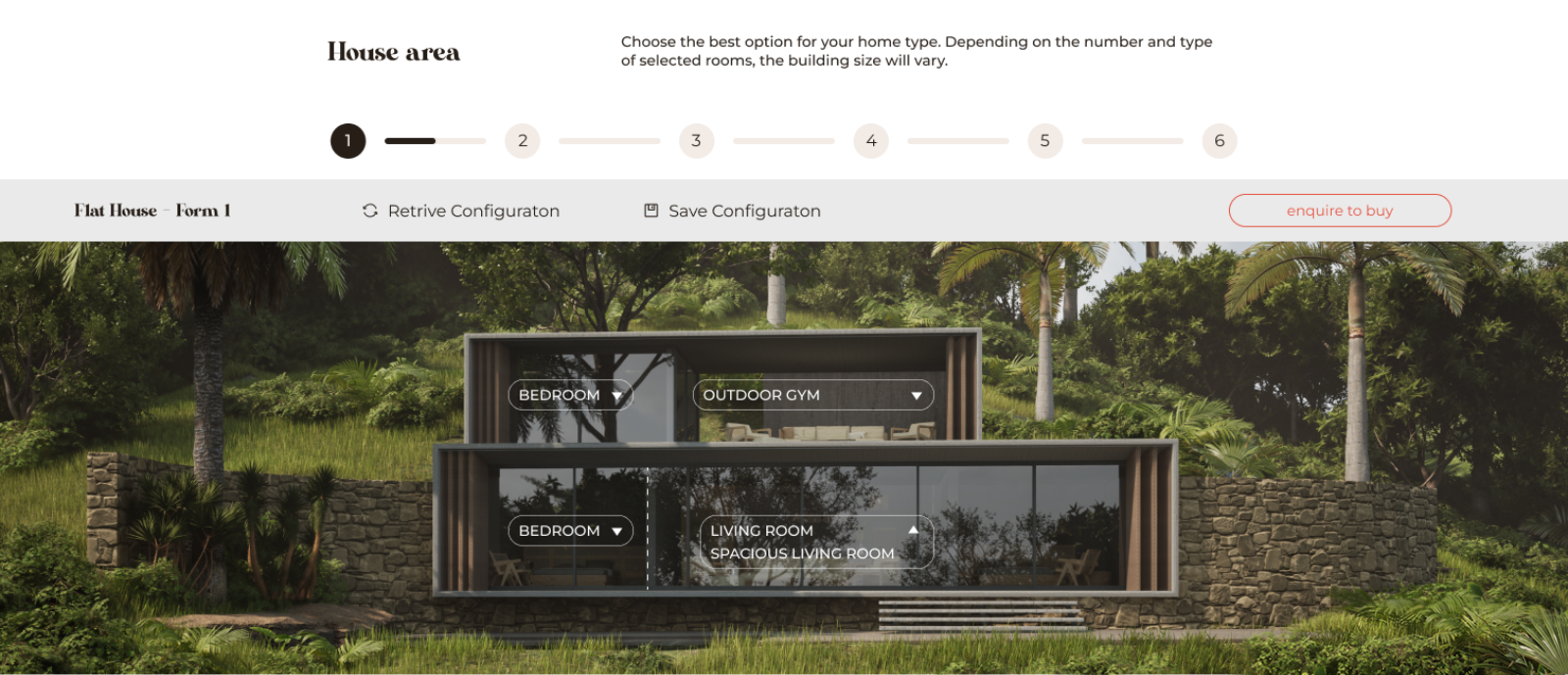
The configurator will evolve with more and more interior and exterior options (the starting point is a few hundred), BUT always have those 2 rules in mind:
- Every house variation is built on the same foundation structure. This allows excavations and foundations to start even without knowing the final house.
- The configurator’s choices must be limited because too many confuse the client and kill conversion. Too many interior settings will also increase procurement and logistics costs because we will order a limited number of too many versions of things.
Residents pursuing custom options will be referred to an architecture studio created as a separate SPV under the holding umbrella.
Working with external Real Estate Developers (to achieve 1000 units per year) is the next stage. True scalability comes with Real Developers, who bring their resources and client base, while Samana Group provides land and infrastructure. The reality is that convincing developers takes forever, and then they will all come at once. We will most likely invite other developers only after Nomad City stage 2 for the following reasons:
- we need to have bulletproof urban code first;
- we need to have a bulletproof plan for sustainability;
- we need to have a successful proof of concept;
All 3 points will be tested and delivered with a commercial success of Nomad City 1. We can not invite guests until we know our house rules.
News
The Dominican People spoke clearly and loudly in this month’s presidential and senatorial elections. The current President, Luis Abinader, and Samana Senator, Pedro Catrain, will remain in their positions for the new term. They both won by a large margin and belong to the same party (Modern Revolution Party—PRM). It’s worth mentioning that in the municipal elections just a few weeks earlier, that same party collected a huge victory, with its members winning in more than 80% of the cities, towns, and villages.
The Nation sees value in this strategy and has chosen 4 more years of development.
PRM Continues pushing economic growth through large investments in infrastructure, tourism, entrepreneurship and education. The government continues to welcome the approach to foreign investors, providing them with a stable economic and political system and tax incentives. While not immune to typical Caribbean country problems, this amazing state has been successful in the last decades in staying out of dangerous populist ideas. DR is a poster child of LATAM growth, similar to Poland in CEE, which was confirmed by a recent IMF report.
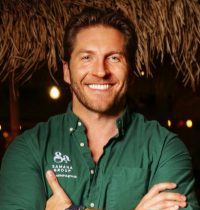
Thank you so much for your continuous support in building a private city!
Your CEO,
Marek Zmysłowski
Samana Group
P.S. Here you can find my favorite parts from the history of the Punta Cana Private City Founders. I highly encourage you to read Jake Kheel’s whole book, Waking the Sleeping Giant. You can order the book here.